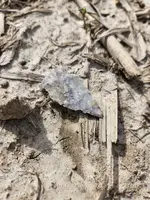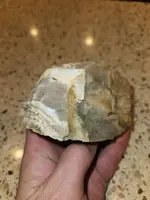DirtyHandsCleanPoints
Full Member
I’m sharing ones I’m not sure on so maybe we can all learn something. All found in Arkansas north west corner close to Missouri line.
Attachments
-
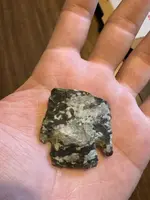 IMG_8292.webp488.6 KB · Views: 57
IMG_8292.webp488.6 KB · Views: 57 -
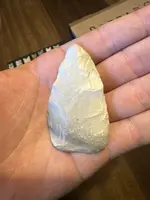 73431003327__274119A5-4A57-4E0F-91BE-48E80BEF53F7.webp608.1 KB · Views: 54
73431003327__274119A5-4A57-4E0F-91BE-48E80BEF53F7.webp608.1 KB · Views: 54 -
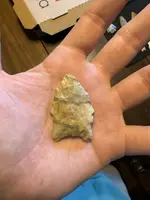 IMG_8301.webp343.1 KB · Views: 61
IMG_8301.webp343.1 KB · Views: 61 -
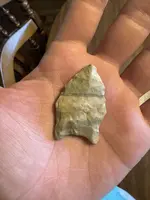 IMG_8300.webp432.1 KB · Views: 58
IMG_8300.webp432.1 KB · Views: 58 -
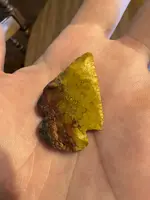 IMG_8297.webp306.2 KB · Views: 58
IMG_8297.webp306.2 KB · Views: 58 -
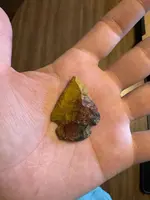 IMG_8296.webp385.1 KB · Views: 63
IMG_8296.webp385.1 KB · Views: 63 -
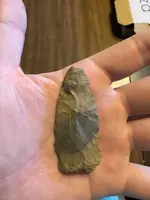 IMG_8294.webp317.9 KB · Views: 55
IMG_8294.webp317.9 KB · Views: 55 -
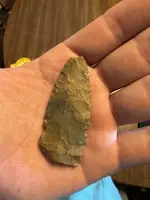 IMG_8295.webp329.6 KB · Views: 55
IMG_8295.webp329.6 KB · Views: 55 -
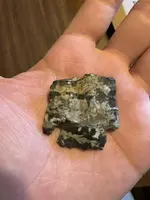 IMG_8293.webp471.7 KB · Views: 58
IMG_8293.webp471.7 KB · Views: 58
Upvote
10

